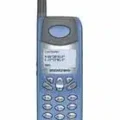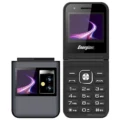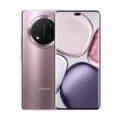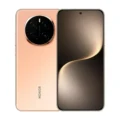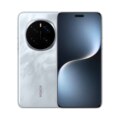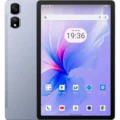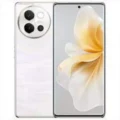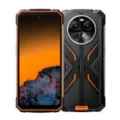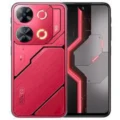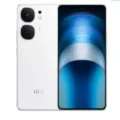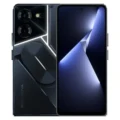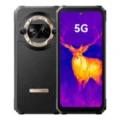Benefon TWIG Discovery Pro
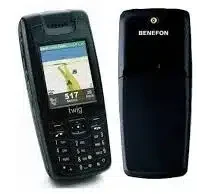

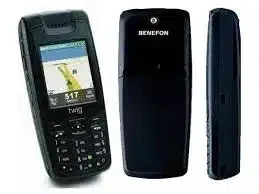

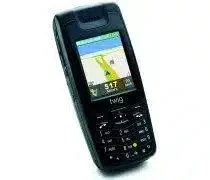

- :
- : 2.0" 176x220 pixels
- : 1350mAh
- : NO No video recorder
Introducing the Benefon TWIG Discovery Pro, a robust feature phone designed for the practical user who values efficiency and reliability. This compact device boasts a 2.0-inch TFT display with a resolution of 176×220 pixels, providing clear and vibrant visuals for all your basic needs.
With a body measuring 116 x 51 x 24 mm and weighing in at a solid 128 grams, the TWIG Discovery Pro is built to withstand the rigors of daily use. The mini-SIM feature phone comes equipped with 10MB of internal storage, expandable via a miniSD slot, ensuring you have enough space for essential data.
Despite its focus on fundamental features, the TWIG Discovery Pro doesn’t compromise on connectivity, offering Bluetooth support for easy file sharing and GPS functionality for reliable navigation. However, it does not include a camera, making it ideal for workplaces where security and privacy are paramount.
The phone operates on GSM technology, supporting multiple bands for wide coverage. It also includes a proprietary USB port for charging and data transfer. The device is powered by a removable Li-Ion 1350 mAh battery, providing up to 210 hours of standby time and up to 9 hours of talk time, so you can stay connected throughout the day.
For those who prefer a straightforward, no-frills mobile experience, the Benefon TWIG Discovery Pro delivers with its simple user interface, predictive text input, and a selection of built-in games like Diamond, Bubble, Tic Tac, Poker, and Pushbox for leisurely entertainment.
In summary, the Benefon TWIG Discovery Pro is a reliable companion for users who demand durability and essential functionality from their mobile devices. Whether for work or play, this feature phone is a testament to practical design and enduring performance.
Specs
Network
| 2G Network GSM 850 / 900 / 1800 / 1900 - SIM 1 & SIM 2 (dual-SIM) CDMA 800 / 1900 |
GSM 900 / 1800 / 1900 GSM 850 / 1800 / 1900 - US version |
LAUNCH
| Announced | December, 2025 |
| Status |
Cancelled |
BODY
| Dimensions | 116 x 51 x 24 mm (4.57 x 2.01 x 0.94 in) |
| Weight | 128 g (4.52 oz) |
| SIMs SIM (Subscriber Identity Module) is a small card that contains mobile network subscriber's account information. This allows the phone using the card to attach to a mobile network. The SIM card is most commonly associated with GSM and UMTS mobile networks. Moving a SIM card from one phone to another allows a subscriber to switch mobile phones without having to contact their mobile network carrier. SIM cards can also be used by a phone to store limited amounts of data, such as phone numbers and text messages. |
Mini-SIM |
Display
| Display Type Display Technology => A number of display technologies and types used in mobile phones => TFT (Thin Film Transistor), IPS (In-Place Switching), OLED (Organic Light Emitting Diode), AMOLED (Active-Matrix Organic Light-Emitting Diode), Super AMOLED (an even advanced version of AMOLED), Resistive Touchscreen (Resistive touchscreens contain two layer of conductive material with a very small gap between them which acts as a resistance), Capacitive Touchsceen (Capacitive touchscreen technology consists of a layer of glass coated with a transparent conductor) | TFT, 256K colors |
| Size | 2.0 inches, 12.6 cm2 (~21.3% screen-to-body ratio) |
| Resolution | 176 x 220 pixels (~141 ppi density) |
PLATFORM
MEMORY
| Card Slot Memory Card Slot is a special slot for inserting a memory card. Memory cards allow you to expand the phone's built-in memory, A memory card (sometimes called a flash memory card or a storage card) is a small storage medium used to store data such as text, pictures, audio, and video, for use on small, portable or remote computing devices such as mobile phones, mp3 players, digital cameras. | miniSD |
| Internal | 10MB |
MAIN CAMERA
| Cameras Specs Today’s smartphones come equipped with a very comprehensive set of camera related specifications. Our smartphone, for many of us, has become our primary camera due to it being the one we always have with us. | No |
SELFIE CAMERA
| Cameras Specs Today’s smartphones come equipped with a very comprehensive set of camera related specifications. Our smartphone, for many of us, has become our primary camera due to it being the one we always have with us. | No |
SOUND
| Loudspeaker | No |
| 3.5mm jack | No |
COMMS
| WLAN | No |
| Positioning |
GPS |
| Bluetooth Bluetooth is a wireless communications technology for exchanging data between mobile phones, headsets, computers and other network devices over short distances without wires, Bluetooth technology was primarily designed to support simple wireless networking of personal consumer devices. | Yes |
| Infrared Infrared connectivity is an old wireless technology used to connect two electronic devices. It uses a beam of infrared light to transmit information and so requires direct line of sight and operates only at close range. | |
| NFC NFC (Near field communication) is a set of standards for smartphones and similar devices to establish peer-to-peer radio communications with each other by touching them together or bringing them into proximity, usually no more than a few inches. | |
| Radio |
Features
BATTERY
| Battery Type Battery Type => Cell phones run on various kinds of batteries depending on the manufacturer, phone size or shape and features. There are basically four types of cell phone batteries => Lithium Polymer, Lithium Ion, Nickel Metal Hydride and Nickel Cadmium. | Li-Ion (Lithium Ion) |
| Capacity Battery Capacity is a measure (typically in Amp-hr) of the charge stored by the battery, and is determined by the mass of active material contained in the battery. The battery capacity represents the maximum amount of energy that can be extracted from the battery under certain conditions. | 1350 mAh |
| Placement | Removable |
MISC
| Colors |
Black |
TESTS
Reviews
Disclaimer Note
We strive to maintain accurate and up-to-date content on our website for general information purposes only. Please refrain from using the material for business, legal, or any other decisions.




